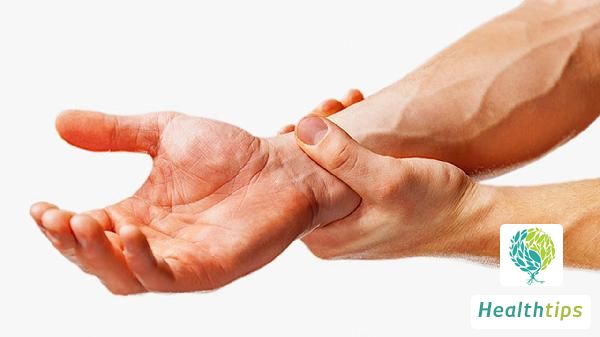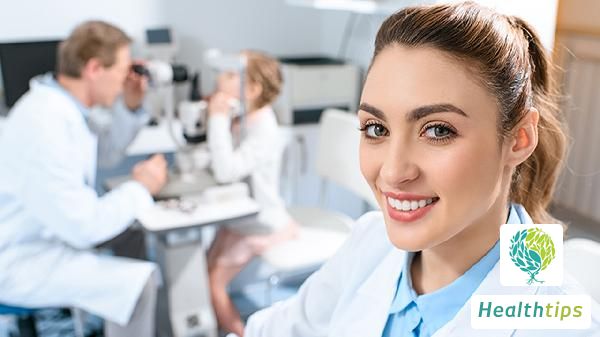What is Breast Hyperplasia? A Brief Explanation
Breast hyperplasia is a condition of breast cell proliferation, which is generally caused by changes in hormone levels in the body. Therefore, women with endocrine disorders often experience symptoms of breast hyperplasia. Common causes of breast hyperplasia in women include emotional instability, stress, and excessive fatigue. Additionally, wearing bras that are too small can also contribute to the condition. It primarily occurs in women over 30 years of age and can be treated with surgical removal.

Breast hyperplasia is the most common breast disease in women, with the highest incidence rate among breast diseases. In recent years, the incidence rate of this disease has been increasing year by year, and the age of onset has also been decreasing. Breast hyperplasia is a pathological condition characterized by physiological hyperplasia and incomplete restoration of normal breast lobules, resulting in disruption of the normal breast structure. It is a type of disease that is neither inflammatory nor neoplastic. It most commonly occurs in women aged 30-50 years, with a peak incidence between 35-40 years. In some cases, long-term unresolved breast hyperplasia can lead to benign or malignant breast tumors.
For the treatment of breast hyperplasia, local surgical resection alone cannot achieve the desired outcome. Surgery is often necessary to exclude the possibility of malignant lesions in the breast, especially when the lump is hard and difficult to distinguish from breast cancer. Regulation of the endocrine system is the mainstay of treatment, with the aim of strengthening the body's foundation. According to the principles of traditional Chinese medicine, treatment involves regulating the balance of female hormones in the brain cortex through soothing the liver, promoting blood circulation, resolving blood stasis, softening hard masses, and dispersing nodules. This approach aims to detoxify, dispel cold, promote blood circulation, soften hard masses, regulate bowel movements, suppress phagocytosis, dissolve, and eliminate breast masses, and enhance resistance.



















